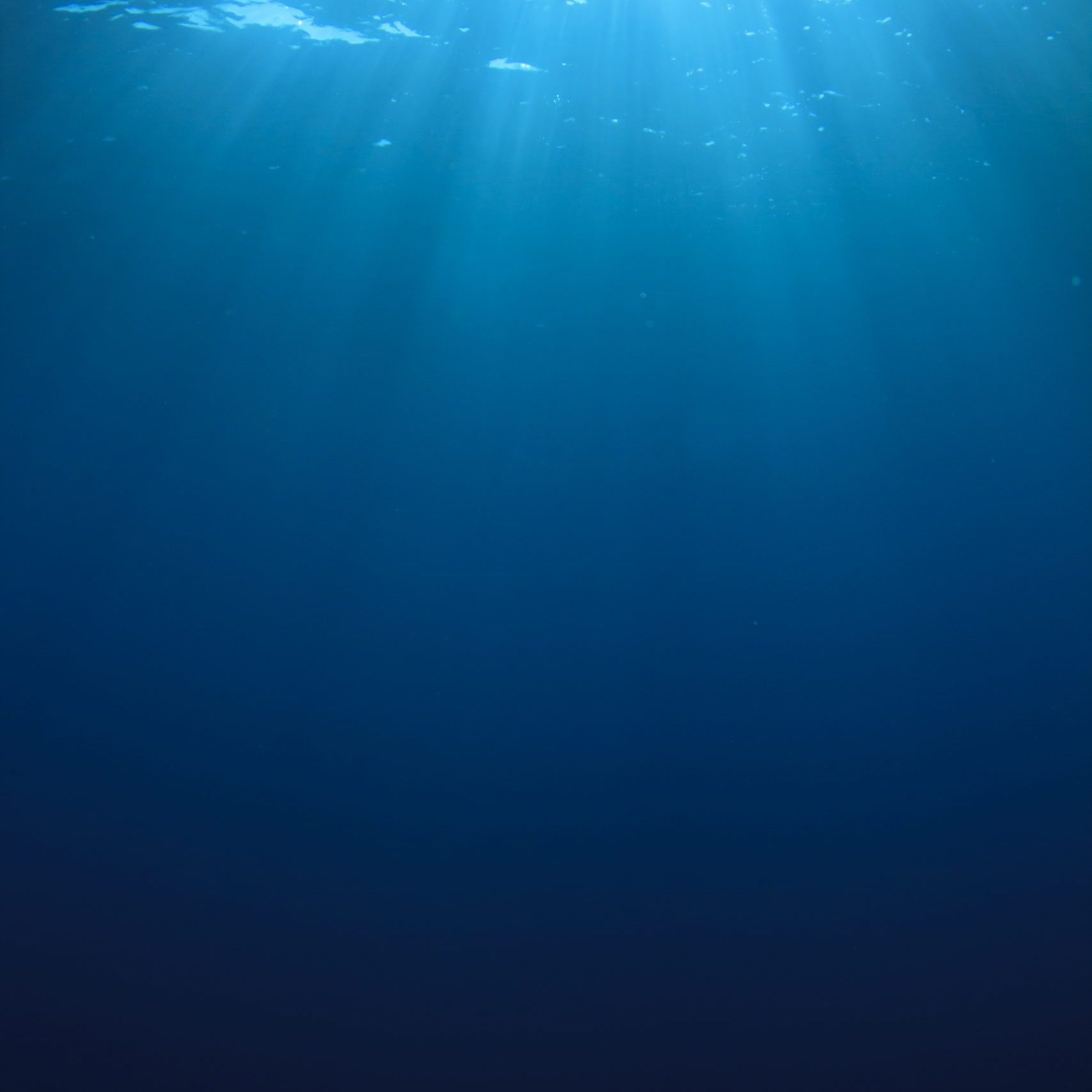The biological productivity theme consists of 7 time series that focus on assessing spatial and temporal trends in the phytoplankton communities in Australian waters and trends in primary production.
Key Findings
Consistent with ocean warming there is evidence of declining biological productivity of surface waters across the Australian marine environment. This can be seen in time series of chlorophyll a (2.1), net primary production (2.2), and phytoplankton (2.3). Regional variation can be explained by physical factors e.g. incursion of nutrient-rich sub-Antarctic surface waters in the South East bioregion. Seasonal cycles of productivity are shown to follow latitudinal bands that are temperature dependent (2.4). It is noted that these findings relate to surface waters only, and the importance of sub-surface productivity also needs to be considered in assessing the biological productivity of Australian waters (2.5).
Time series of the biomass and abundance of marine animals that undertake secondary production (called zooplankton) are increasing (2.3), in contrast to the decline in primary production. Possible explanations for this increase include changes to community structure and changes to rates of top-down predation by fish. This interesting finding highlights the value of undertaking integrated analysis of datasets and time series to inform the focus of future research.
Molecular tools have been applied to IMOS sampling programs since 2012 and it is now possible to produce time series of Australian marine microbial assemblages (2.7). As this work matures under the Australian Microbiome Initiative the utility of molecular tools in monitoring, forecasting and managing marine environments will be further investigated.








